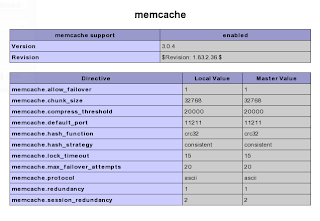It requires Perl to be installed since it uses a perl-based script to parse the source directory to generate a documentation. You may download the right version of Perl for your platform here.
Using PHPXref to generate a cross referencing documentation of any application is easy, assuming you already have Perl installed, just follow these 5 simple steps.
Step 1.) Download PHPXref from http://phpxref.sourceforge.net/#download (choose the version suited for your platform).
wget http://prdownloads.sourceforge.net/phpxref/phpxref-0.7.tar.gz?download
Step 2.) Uncompress the downloaded phpxref archive
tar xvpf phpxref-0.7.tar.gz
Step 3.) Navigate to the extracted folder and edit the file named phpxref.cfg. Edit the values for the SOURCE, OUTPUT and PROJECT as needed.

(NOTE: You may need to create the directory for the OUTPUT if it doesn't exist yet to prevent runtime errors during generation as the phpxref script will not create it for you.)
Step 4.) Run the phpxref generation script by invoking the following command:
./phpxref.pl

Step 5.) Once generated, you may now browse the generated documentation in HTML format. If you have set the OUTPUT to point within your Document Root as with our example above, you may browse it using http://localhost/phpxref_sugarcrm or directly in its location since the generated doc is static.

You may automate this process to keep the cross referencing documentation up to date by regularly running phpxref.pl via cron.




